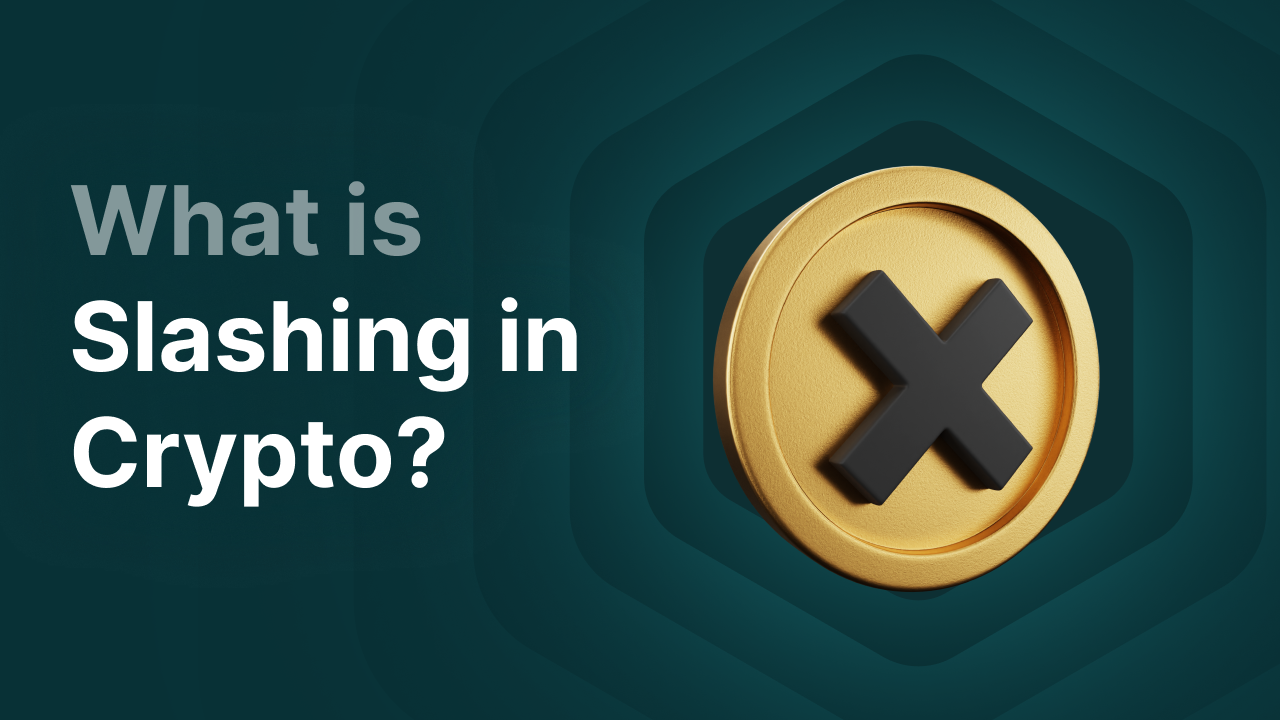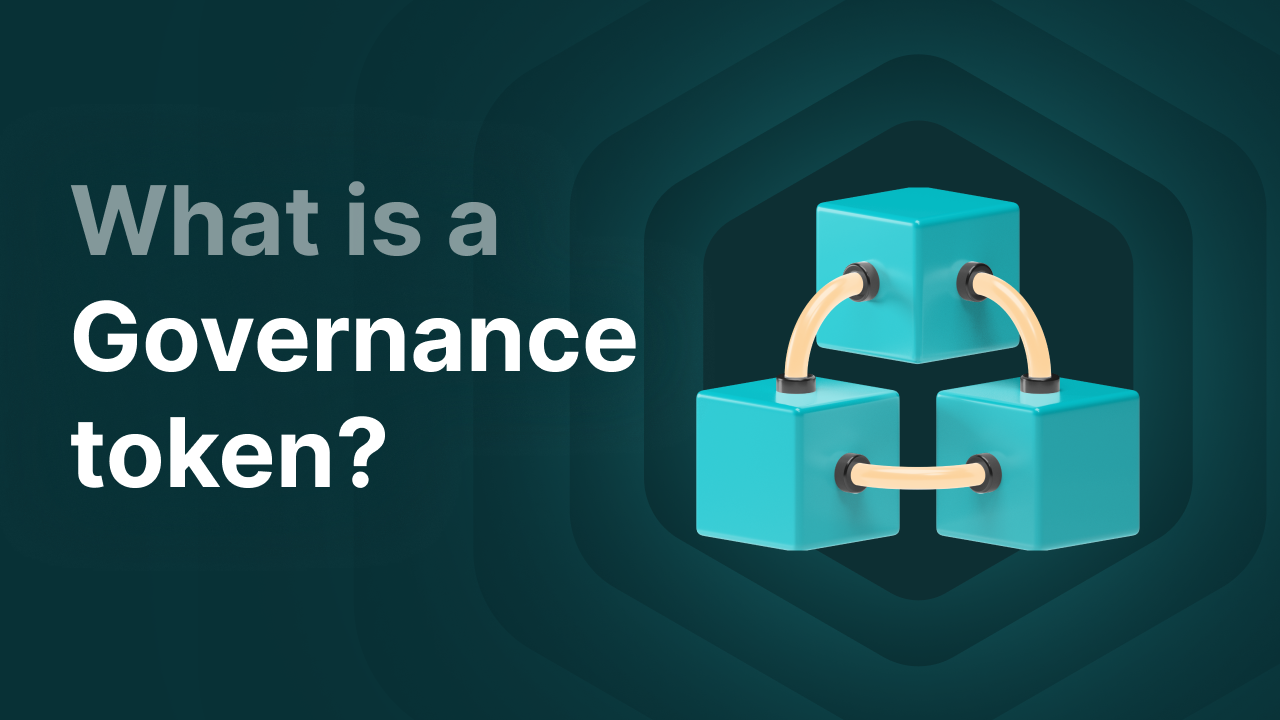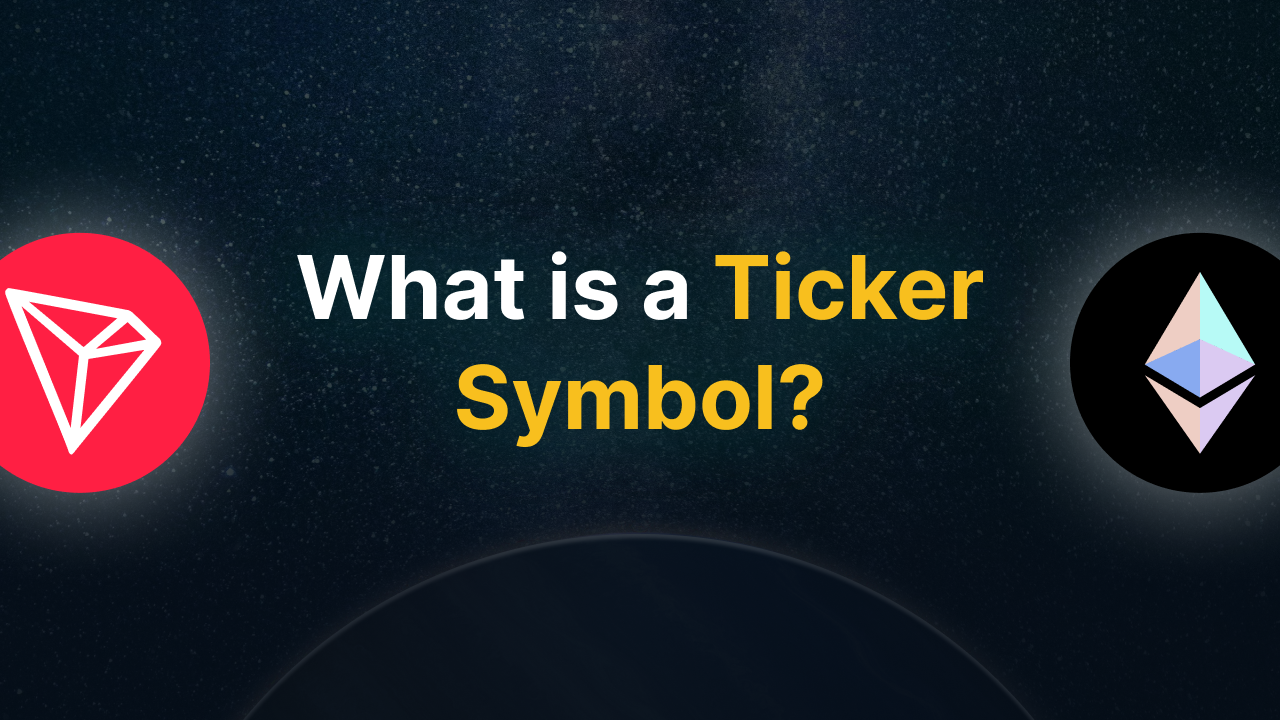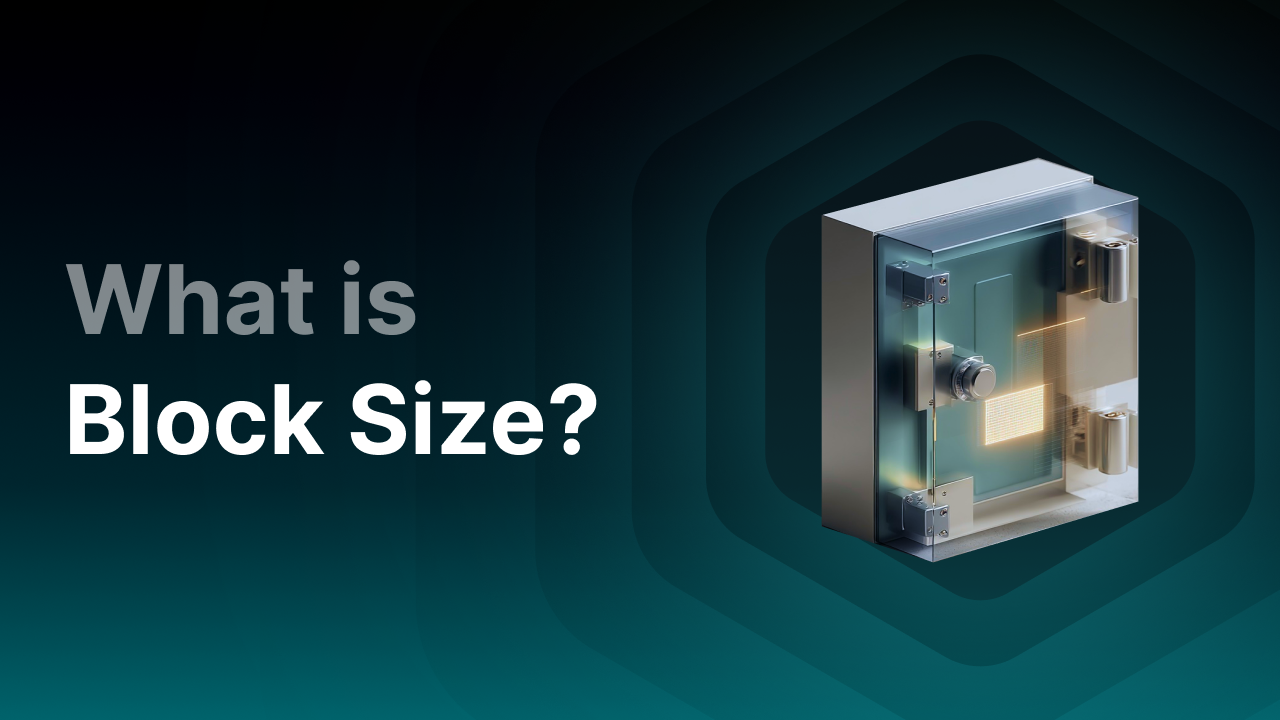What is crypto Slashing and how does it work?

What is slashing in crypto?
Slashing is a mechanism used in Proof-of-Stake (PoS) blockchains to punish validators for harmful behavior such as downtime, double signing, or network manipulation. Break the rules? Then the validator's stake is "slashed." In other words: you get a kind of penalty where part of your crypto is taken away.
Key Takeaways
- Crypto slashing is a penalty mechanism within proof-of-stake blockchains to punish validators for faulty or harmful behavior, such as downtime, double signing, or network manipulation.
- Validators stake their own crypto as collateral: for bad behavior, they lose (part of) this stake.
- Delegated stakers can also lose a small part if their chosen validator is slashed.
- Slashing helps keep the network safe and reliable but makes choosing a good validator extra important.
- Although the risk is small for regular stakers, it is important to understand how slashing works (especially if you want to become a validator yourself or are active in DeFi).
How does crypto slashing work?
Slashing is a kind of penalty that can be imposed in certain blockchains that use proof-of-stake (PoS). In short: if you don’t follow the rules as a validator, part of your crypto can simply be taken away. Pretty strict, but logical once you understand why it exists.
Slashing mainly occurs in blockchains such as Ethereum, Cosmos, and Polkadot. People can stake their crypto there to help secure the network and process transactions. Validators (who keep the network running) earn rewards for this but must also follow the rules.
If you misbehave as a validator (for example, by confirming incorrect transactions, being offline at crucial times, or even deliberately sabotaging the network), the slashing hammer comes down. Part of your staked crypto is automatically taken away. Validators therefore do everything they can to always stay online and remain reliable. This is in their own interest.
Crypto slashing basically works as a kind of penalty system. As a validator, you essentially say: “I promise to behave well and put my crypto as collateral.” Break that promise, and you lose (part of) that collateral.
If you stake not by yourself but through a validator (which many people do), a small part of your stake can also be lost if that validator is slashed. That’s why it’s smart to pick a reliable validator (one with a good reputation and who keeps their affairs in order). You can usually see the statistics, staking rewards, and uptime before delegating your coins to the validator.
Slashing is primarily intended to keep the network safe and fair. Without slashing, validators could make mistakes or even try to exploit the system without real consequences. With slashing, there is always a risk hanging over their heads, which keeps them sharp.
In many staking platforms, regular users don’t have to worry much about slashing. They often automatically choose reliable validators and limit your risk. But it’s good to know it exists, especially if you trade heavily on DeFi platforms.
What is a consensus mechanism?
A consensus mechanism is a process that ensures all participants in a network agree (consensus) on the state of the blockchain without needing a central authority. Let’s see how slashing fits into this logic.
In a proof-of-stake blockchain, 'validator nodes' are active participants who keep the network running. These nodes track the network’s transaction history and decide consensus on new transaction blocks. In exchange for their effort, time, and computing power, validators receive rewards from the network, which motivates them.
But there is another side. To be sufficiently reliable (a blockchain has to handle huge amounts of value, meaning a security problem could be catastrophic), it must not only encourage good behavior but also deter bad behavior. This is where slashing comes in.
Validators stake their own money
In many proof-of-stake networks, validator nodes must 'buy in' to their position by initially locking up a significant portion of their own coins on the blockchain. This is known as crypto staking. The logic is simple: with a personal investment in the blockchain, its consensus mechanism can discourage bad or inefficient behavior by imposing a penalty. If you try to cheat and get caught, you lose your own stake. Criminals are therefore less likely to do so.
Slashing as a penalty
After validator nodes in proof-of-stake blockchains have made a personal investment in the network to participate, they risk slashing for behavior harmful to the blockchain. The specifics of slashing vary by protocol. In general, slashing punishes several key behaviors:
1. Validator downtime
Downtime is when a validator node is offline for a certain period. This makes it unavailable to participate in the network’s consensus process. This lack of reliability harms the network and is therefore punished by slashing.
2. Double Signing
To avoid downtime, many validator nodes set up backup systems in case something goes wrong with their main equipment. However, this carries a risk: if the network detects the same validator keys running from two different servers, it can view this as risky behavior (since this deviates from expected behavior and can even lead to conflicting information from the node). This violation is likely to be punished with slashing. Validators must always keep this under control.
3. Network manipulation
Finally, any attempt to manipulate the network will result in a slashing penalty. In short, validators within proof-of-stake protocols must actively avoid any unwanted behavior that undermines or delays the network’s consensus process. Understanding the specifics of this mechanism is absolutely essential for anyone wanting to act as a validator node. Fortunately, most people don’t have to deal with this directly and can just pick a validator.
Slashing in Ethereum and other popular PoS networks
Slashing can have different effects on different networks. Let’s take a look at how it works in Ethereum to better understand how we can avoid penalties.
The impact of slashing on validators in the Ethereum network
Slashing can have serious financial consequences if you are an Ethereum validator. You not only lose part of your tokens but also damage your reputation on the network. To avoid such problems, it is important to know what can get you fined and to follow the network rules. This helps protect your assets and allows you to operate online without losses.
If violations are detected, the validator is penalized. This means that 1/32 of the staked ETH (up to 1 ETH) is immediately burned.
Penalties for Slashing in Ethereum
For validators, penalties in Ethereum can be significant:
-
Base penalty: When a validator is slashed, they lose 1 ETH for each violation (based on a stake of 32 ETH).
-
Slashing report reward: An extra 0.0625 ETH is awarded to the whistleblower who reported the violation.
-
Correlated penalties: If multiple validators are slashed within a short period (about 36 days), penalties increase to discourage coordinated attacks.
-
Total penalty: The total loss is about 1.05 ETH for an isolated incident.
For stakers, this means choosing a reliable validator is crucial for protecting their assets.
Best practices to minimize risks
To minimize slashing risks, each validator works in four general directions, as listed below:
- Having a dedicated DevOps team
- Implementing continuous monitoring solutions
- Developing a set of best practices
- Having risk mitigation measures
Besides these general principles, validators usually have a detailed strategy to minimize the chance of an event that could cause slashing. For example, monitoring systems and backup systems.
The future of slashing in crypto
As PoS networks expand, the future of slashing penalties is under discussion. As the network’s value grows, some believe penalties for validator misconduct will become stricter to deter attacks and preserve network integrity.
Extremely harsh penalties could, however, discourage validators from participating. Balancing strong security measures with validator engagement will be crucial as these systems evolve, and adjustments will likely continue as the PoS ecosystem develops.
Final thoughts
Slashing may sound severe (and it is in some cases), but it is primarily a smart mechanism to keep blockchains safe and fair. In proof-of-stake networks like Ethereum, everything revolves around trust: validators stake their own crypto to keep the network running. If they make mistakes or try to cheat, they are punished. It’s that simple.
For most users who want to stake through a reliable validator, the risk of slashing is small. But it remains important to know how it works, why it exists, and what the possible consequences are. Especially if you plan to stake seriously or ever want to become a validator yourself.
The main takeaway? Choose your validator wisely, learn a bit about the network rules, and be aware of the risks. Slashing is not something to be afraid of, but it is something to take seriously.




